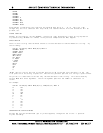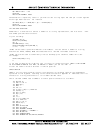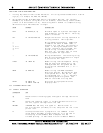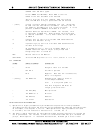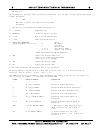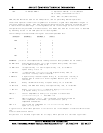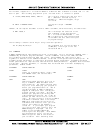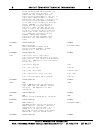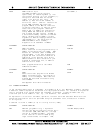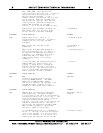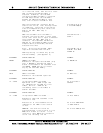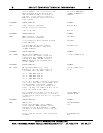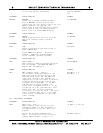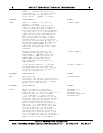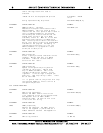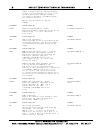
POKE POKE location, byte 357 POKE I,J
The POKE statement stores the byte
specified by its second argument (J) into
the location given by its first argument (I).
The byte to be stored must be =>0 and
<=255, or an FC error will occur. The
address (I) must be =>0 and <=65535, or
an FC error result. Caution: Careless use
of the POKE statement may cause your
program, BASIC, or the Monitor functions
to operate incorrectly, to hang up, and/or
cause loss of your program. Note that
Pages 0 and 1 in memory are reserved for
use by BASIC and should not be used for
user program variable storage. A POKE to
a non-existent memory location is harmless.
One of the main uses of POKE is to pass
arguments to machine language subroutines.
(See Appendix F.) You could also use
PEEK and POKE to write a memory
diagnostic or an assembler in BASIC.
STATEMENT SYNTAX/FUNCTION EXAMPLE
RUN RUN line number RUN 200
Starts execution of the program currently in
memory at the specified line number. RUN
deletes all variables [does a CLEAR) and
restores DATA. If you have stopped your
program and wish to continue execution at
some point in the program, use a direct
GOTO statement to start execution of your
program at the desired line, or CONT to
continue after a break.
Start program execution at the lowest RUN
numbered statement.
STATEMENT SYNTAX/FUNCTION EXAMPLE
SAVE SAVE SAVE
Saves the current program in the AIM 65
memory on cassette tape. The program in
memory is left unchanged. More than one
program may be stored on cassette using
this command.
See Appendix G for more information.
304 PROGRAM STATEMENTS
In the following description of statements, an argument of B, C, V or W denotes a numeric variable,
X denotes a numeric expression, X$ denotes a string expression and an I or J denotes an expression
that is truncated to an integer before the statement is executed. Truncation means that any
fractional part of the number is lost, e.g., 3.9 becomes 3, 4.01 becomes 4.
An expression is a series of variables, operators, function calls and constants which after the
operations and function calls are performed using the precedence rules, evaluates to a numeric
or string value.
A constant is either a number (3.14) or a string literal ("FOO").
STATEMENT SYNTAX/FUNCTION EXAMPLE
DEF DEF FNx [(argument list)] = expression 100 DEF FNA(V)=V/B+C
The user can define functions like the built-
in functions (SQR, SGN, ABS, etc.) through
the use of the DEF statement. The name
of the function is "FN" followed by any
legal variable name, for example: FNX,



